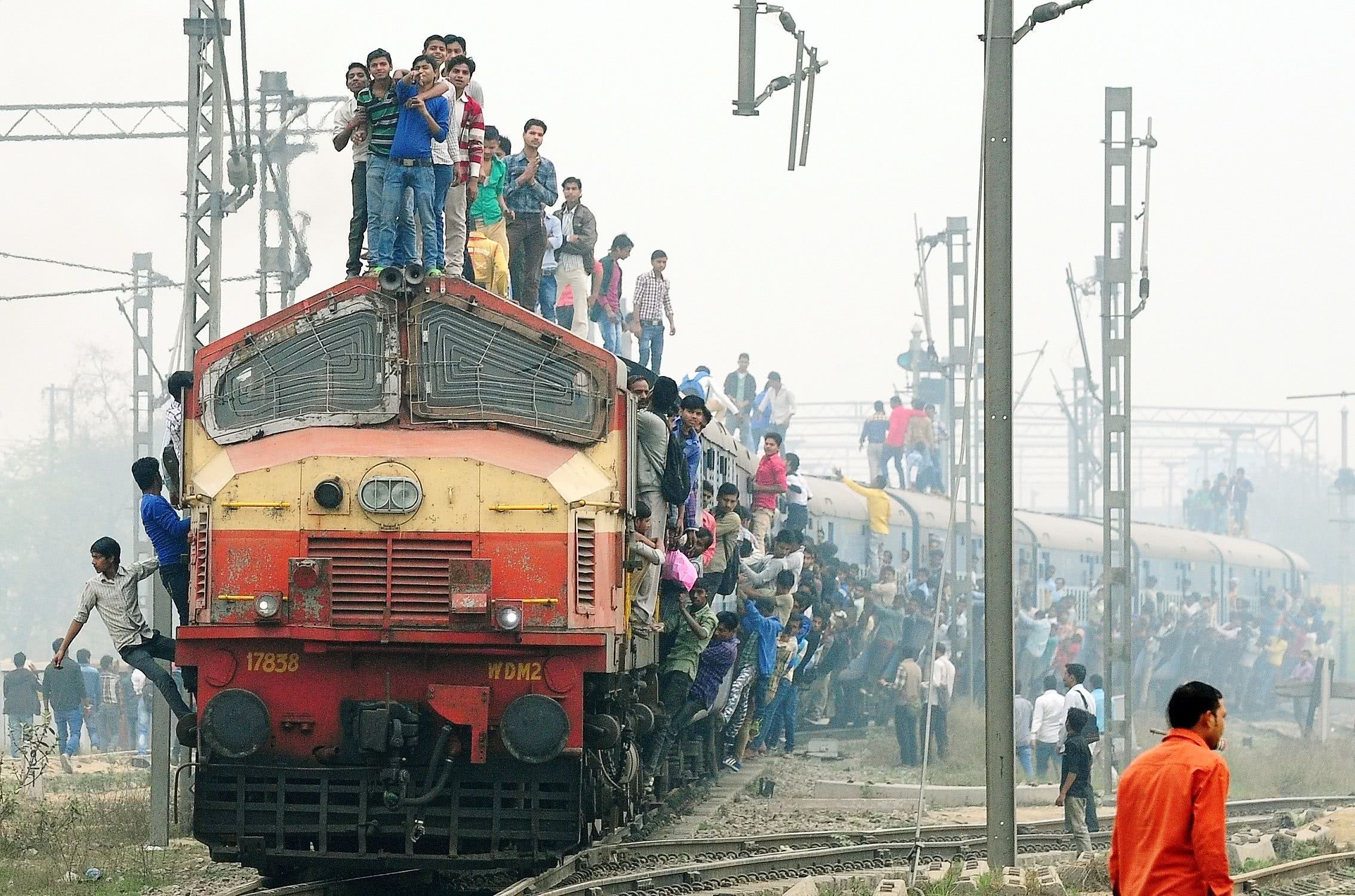 印度铁路的历史是怎样的?(二)
印度铁路的历史是怎样的?(二)
正文翻译

What are the history of Indian railways?
印度铁路的历史是怎样的?

What are the history of Indian railways?
印度铁路的历史是怎样的?
评论翻译

What are the history of Indian railways?
印度铁路的历史是怎样的?

What are the history of Indian railways?
印度铁路的历史是怎样的?
很赞 0
收藏